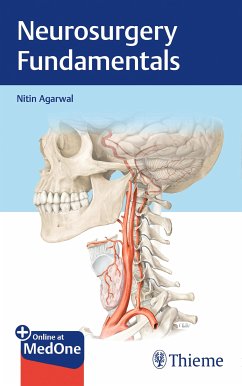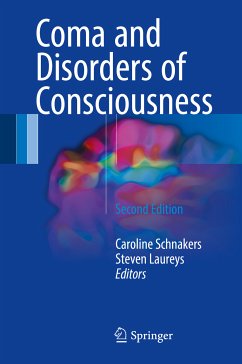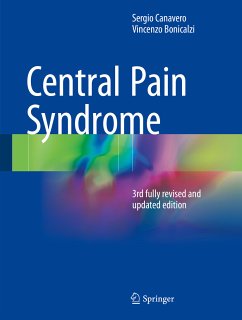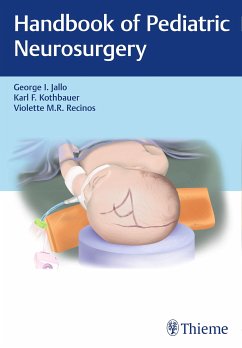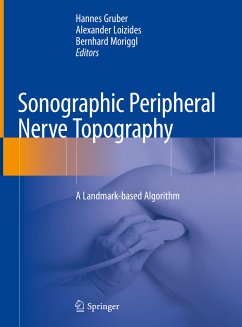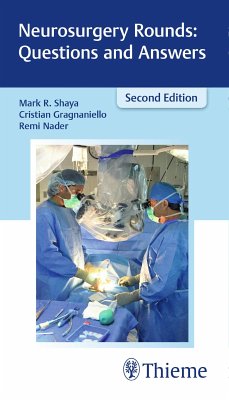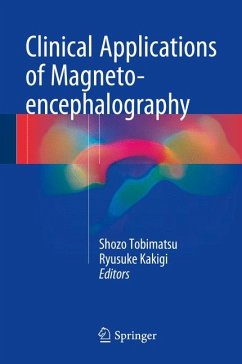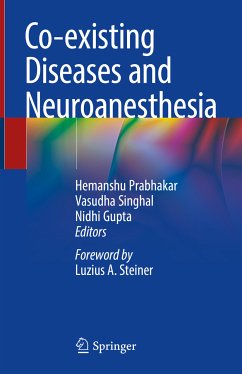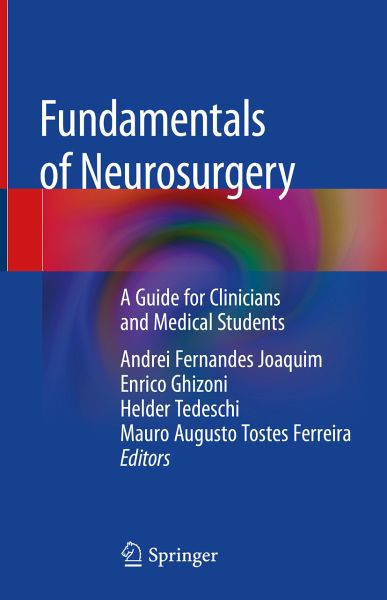
Fundamentals of Neurosurgery (eBook, PDF)
A Guide for Clinicians and Medical Students
Redaktion: Joaquim, Andrei Fernandes; Ferreira, Mauro Augusto Tostes; Tedeschi, Helder; Ghizoni, Enrico
Versandkostenfrei!
Sofort per Download lieferbar
68,95 €
inkl. MwSt.
Weitere Ausgaben:

PAYBACK Punkte
34 °P sammeln!
The aim of this book is to provide clinicians and medical students with basic knowledge of the most common neurosurgical disorders. There is a vast array of signs and symptoms that every clinician should recognize as neurosurgical affectations, allowing them to identify when to refer the patient to a neurosurgeon. In this text, the editors intend to bridge the gap between clinical medicine and neurosurgery, making neurosurgical practice understandable to a wider medical public. The book provides a smooth transition from neuroanatomy, neurophysiology and neurological examination to neurosurgery...
The aim of this book is to provide clinicians and medical students with basic knowledge of the most common neurosurgical disorders. There is a vast array of signs and symptoms that every clinician should recognize as neurosurgical affectations, allowing them to identify when to refer the patient to a neurosurgeon. In this text, the editors intend to bridge the gap between clinical medicine and neurosurgery, making neurosurgical practice understandable to a wider medical public.
The book provides a smooth transition from neuroanatomy, neurophysiology and neurological examination to neurosurgery, focusing more on the knowledge underlying neurosurgical practice rather than on surgical technique. The core of the book is composed of chapters discussing each of the most important medical conditions that deserve neurosurgical intervention, providing key information on diagnosis, clinical aspects, disease management, surgical procedures and prognosis. Moreover, complementary discussion of the frontiers and advances in neurosurgery are also covered.
In this sense, this book has two main goals and intended audiences. First, and primarily, it is intended for clinicians in a wide array of non-surgical medical specialties (such as general practitioners, neurologists, pediatricians, oncologists and others) aiming to give an overview on important characteristics and initial management of the most prevalent disorders treated by neurosurgeons. Second, and to a lesser degree, it is intended to be used as a practical guide for medical students who are initiating their study in neurosurgical sciences. Fundamentals of Neurosurgery - A Guide for Clinicians and Medical Students intends to be a comprehensive guide for all non-neurosurgeons who want to broaden their knowledge of neurosurgery.
Dieser Download kann aus rechtlichen Gründen nur mit Rechnungsadresse in A, B, BG, CY, CZ, D, DK, EW, E, FIN, F, GR, HR, H, IRL, I, LT, L, LR, M, NL, PL, P, R, S, SLO, SK ausgeliefert werden.



